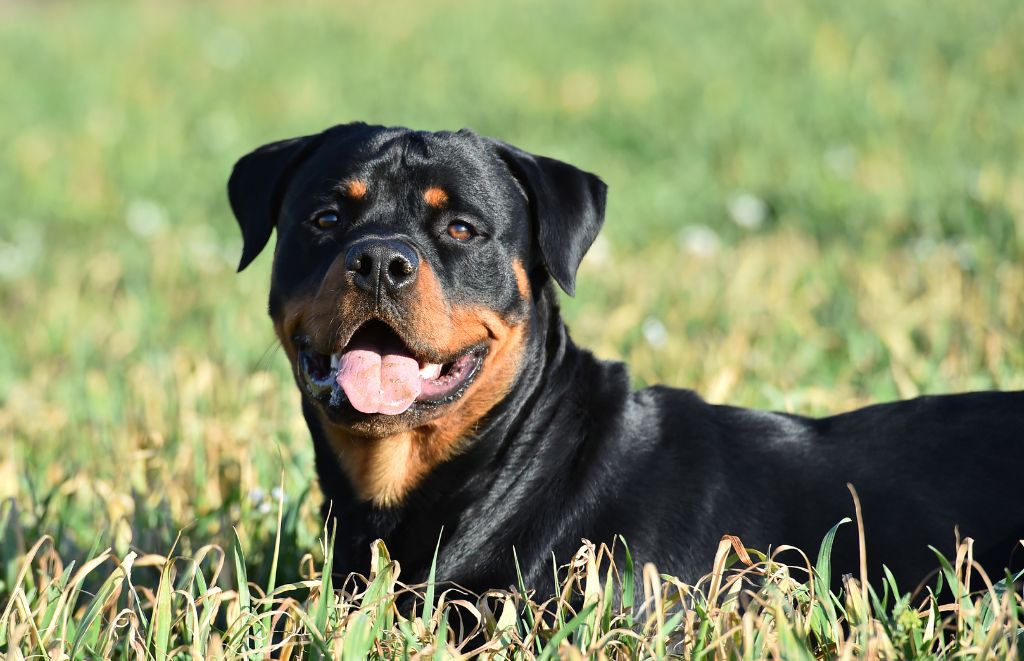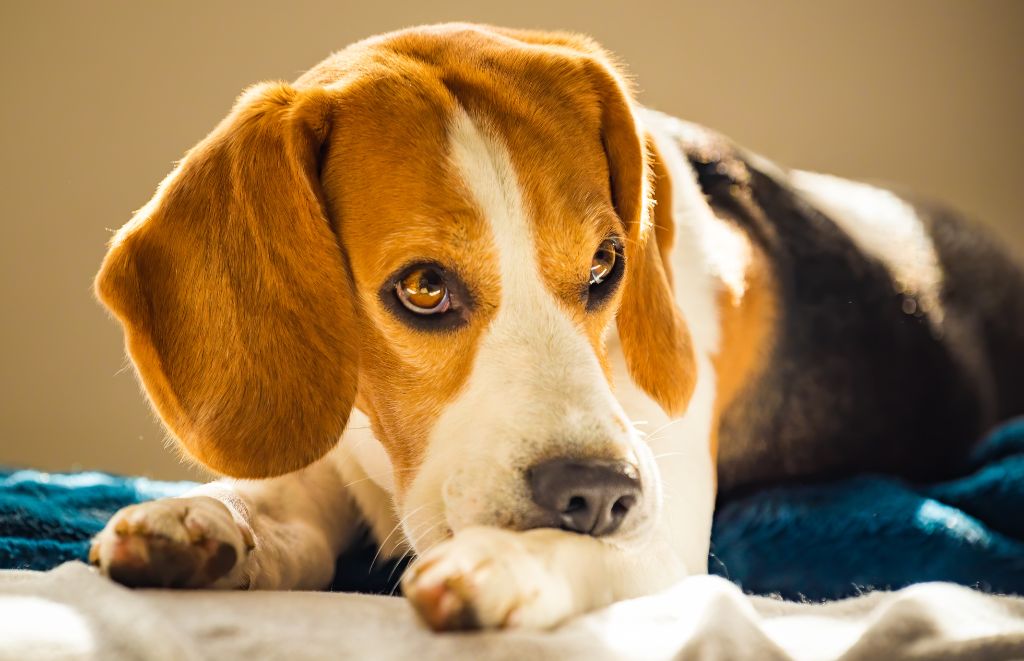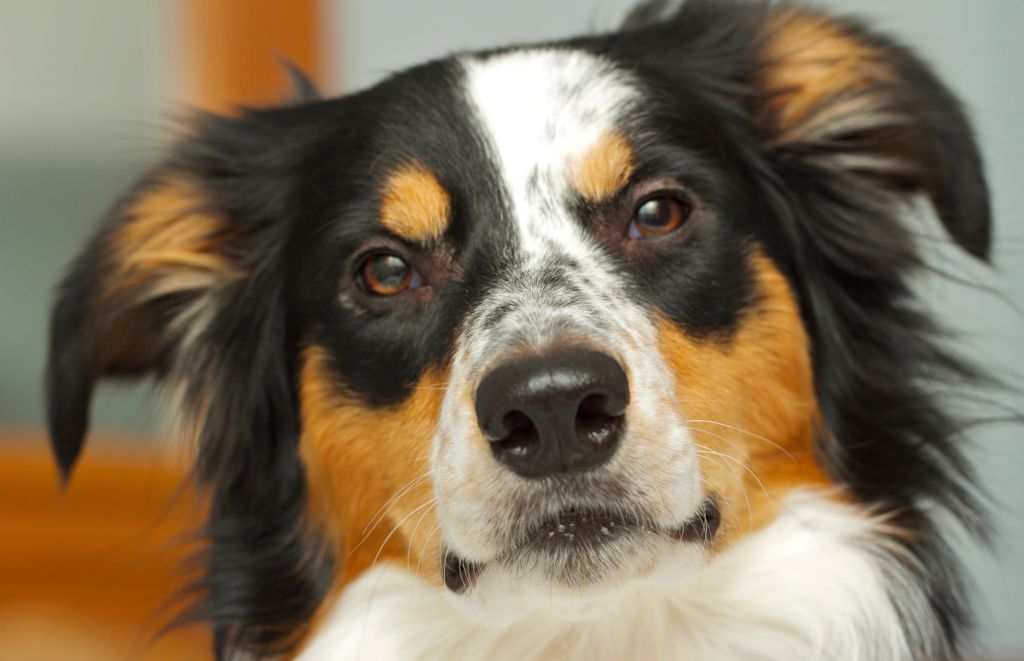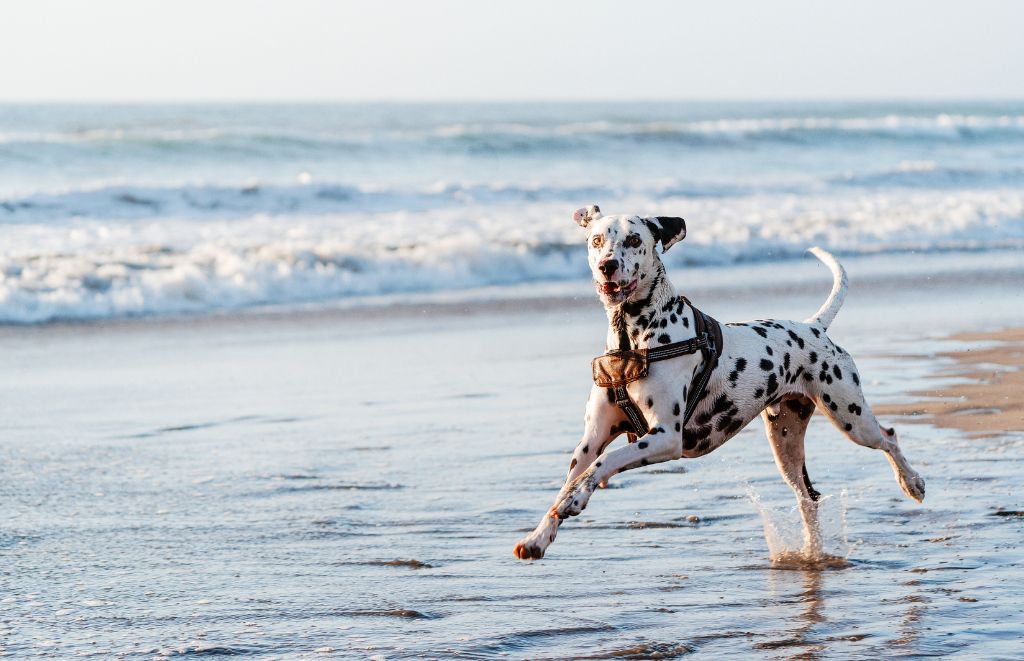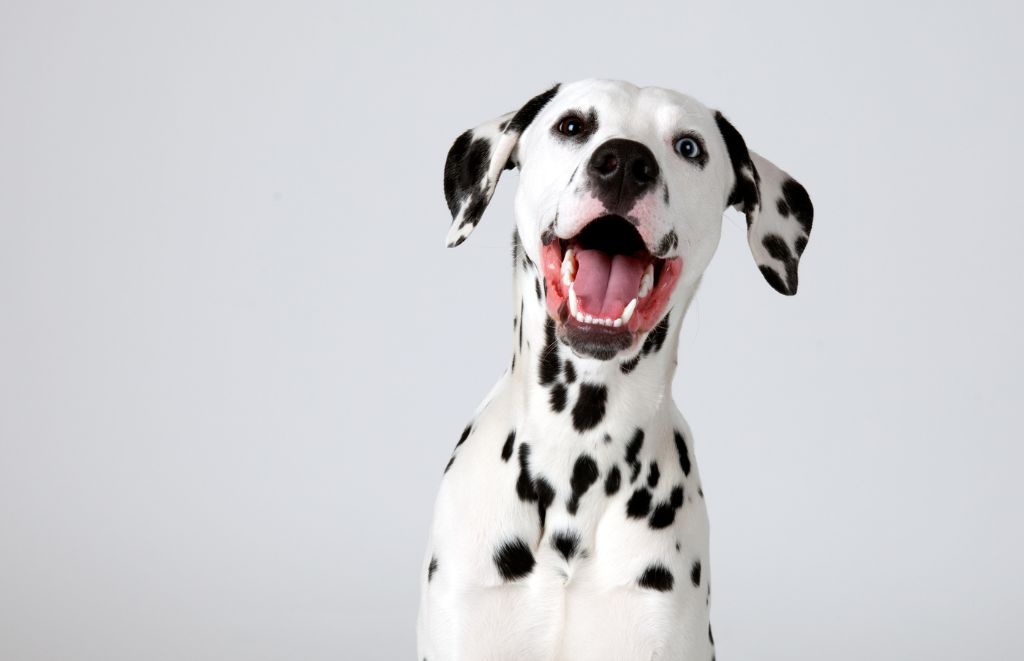Hey Rottweiler lovers! Ever scratched your head when your giant cuddle monster lets out a rumble while their tail wags like a furry party flag? We all know growling can mean a grumpy dog, but what if it’s actually a sign of pure Rottie joy? Buckle up, because we’re about to decode the happy growl, that adorable rumble that shows your Rottie is living their best life.
Hold on, my Rottie’s growling? But they seem happy…
Ever hear your Rottweiler rumble and let out a low growl while they’re wagging their tail and nudging your hand? You might be a little confused. Growling is usually associated with aggression in dogs, right? Well, not always! For our beloved Rotties, growling can actually be a sign of pure contentment and excitement.
Turns out growls can be good! Decoding your Rottie’s happy talk
This happy growl, sometimes called a “Rottie rumble,” is a unique way these giant goofballs communicate. It’s their version of a happy purr from a cat. It can happen during playtime, when you’re showering them with affection, or even when you’re about to embark on a walk (they might be a little too excited to wait!).
Listen up! What does your Rottie’s happy growl sound like?
Imagine a low, rumbling sound coming from your Rottie’s chest. It might be accompanied by a wagging tail, relaxed body posture, and happy eyes. Sometimes, they might even add a “play bow” by lowering their front legs and keeping their rear end up.
-
 Personalized Rottweiler Breed Sweatshirt$29.50 – $35.50
Personalized Rottweiler Breed Sweatshirt$29.50 – $35.50 -
 Rottweiler Personalized Christmas Ornament$12.80
Rottweiler Personalized Christmas Ornament$12.80 -
 Rottweiler Personalized Dog Tag$17.24
Rottweiler Personalized Dog Tag$17.24 -
 Rottweiler Personalized Dog Pillow$25.50 – $29.00
Rottweiler Personalized Dog Pillow$25.50 – $29.00 -
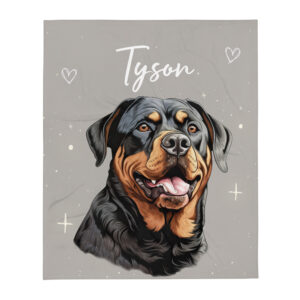 Rottweiler Throw Blanket$36.00 – $50.00
Rottweiler Throw Blanket$36.00 – $50.00 -
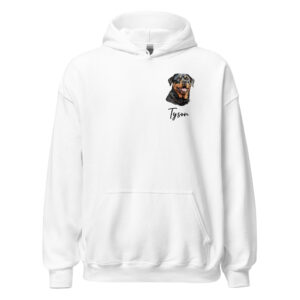 Personalized Rottweiler Breed Hoodie$38.00 – $42.50
Personalized Rottweiler Breed Hoodie$38.00 – $42.50 -
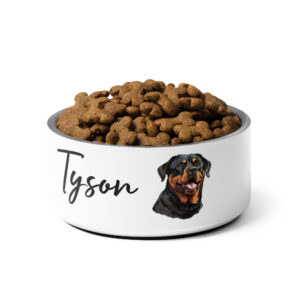 Personalized Rottweiler Dog Bowl$33.50 – $38.00
Personalized Rottweiler Dog Bowl$33.50 – $38.00 -
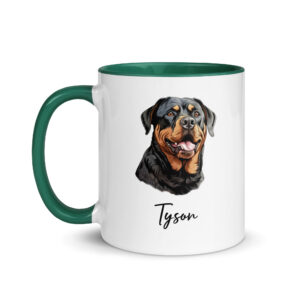 Rottweiler Personalized Mug$15.00 – $16.00
Rottweiler Personalized Mug$15.00 – $16.00 -
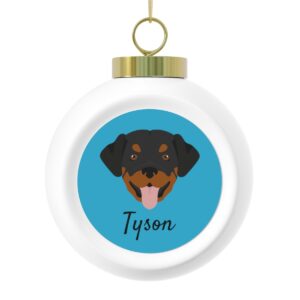 Personalized “Rottweiler Black Tan” Christmas Ball Ornament$21.04
Personalized “Rottweiler Black Tan” Christmas Ball Ornament$21.04
More than just barking: How do Rotties REALLY chat?
Rottweilers are vocal pups, but barking isn’t their only way to chat. They use a whole range of vocalizations, including whines, whimpers, and of course, growls, to express themselves. Understanding these different sounds helps us decipher their moods and needs.
Wait, is my Rottie actually happy when they growl? How to tell for sure
Here’s the key: body language is everything! If your Rottie is growling with a stiff body, flattened ears, and a tense tail, that’s a different story. However, if they’re relaxed, playful, and their tail is wagging a mile a minute, then their happy rumble is just their way of saying, “Let’s play!” or “Hurry up with those treats!”
Happy growl or grumpy growl? How to understand your Rottie’s mood
So, how can you tell the difference between a happy growl and a grumpy growl? Here are some tips:
- Body language: Look for relaxed posture, open mouth, and a wagging tail for a happy growl. Stiff body, flattened ears, and a tense tail might indicate a warning growl.
- Context: Think about the situation. Is your Rottie excited about playtime or food? Then a growl is likely happy. Are they cornered or feeling threatened? Then it’s a warning growl.
- Sound: A happy growl is usually lower in pitch and rumbly, while a warning growl might be higher-pitched and sharper.
Bonus Tip: Spend quality time with your Rottie and get familiar with their unique personalities. The more you interact with them, the better you’ll understand their communication style.
Keeping your happy Rottie even happier
Rotties are energetic pups who thrive on exercise and playtime. Speaking of playtime, have you checked out Printies’ awesome selection of dog accessories? We have a fantastic print-on-demand selection, including fun bandanas, cozy blankets, and even personalized collars!
Keeping your Rottie happy and stimulated with playtime and the perfect accessories is a surefire way to hear more of those happy rumbles.
Sources and References
- lover, The Rotty. “My Rottie Growls Whenever We Show Affection | A-Love-Of-Rottweilers.” A Love of Rottweilers, 22 Aug. 2017, www.a-love-of-rottweilers.com/my-rottie-growls-whenever-we-show-affection.html. Accessed 7 May 2024.
- McNinch, Barbara . “When Is a Growl Not a Grumble?” Www.4theloveofdog.org, 11 Mar. 2005, www.4theloveofdog.org/resource/when-is-a-growl-not-a-grumble.


